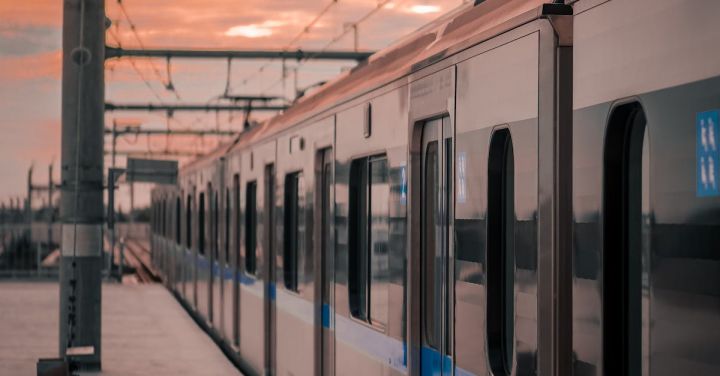Railways have played a pivotal role in shaping the course of history. These intricate networks of tracks and trains have connected people and places, facilitated trade and commerce, and transformed the way we travel. But behind the scenes of this transportation revolution lie a series of intricate mergers that have shaped the railway industry as we know it today.
The first major merger in railway history took place in 1846, when the Grand Junction Railway, the Manchester and Birmingham Railway, and the Liverpool and Manchester Railway combined forces to form the London and North Western Railway (LNWR). This merger was a significant milestone, as it created the largest railway company in the world at the time, with a network that spanned over 1,000 miles.
The LNWR’s dominance was short-lived, however, as other railway companies began to emerge and consolidate their power through mergers. One notable example is the formation of the Great Western Railway (GWR) in 1835, which was the result of a merger between several smaller companies. Led by the ambitious engineer Isambard Kingdom Brunel, the GWR quickly became known for its innovative engineering and luxurious passenger experience.
As the railway industry continued to grow, mergers became a common strategy for companies looking to expand their reach and gain a competitive edge. The most famous example of this is the creation of the Big Four in 1923, when the government merged the country’s largest railway companies – the LNWR, the GWR, the Midland Railway, and the North Eastern Railway – to form four regional giants.
These mergers not only reshaped the landscape of the railway industry but also had a profound impact on the communities they served. The consolidation of smaller companies into larger entities often resulted in the closure of redundant routes and stations, leading to economic and social upheaval in affected areas. Conversely, the creation of larger, more efficient networks allowed for the expansion of trade and commerce, connecting previously isolated regions and boosting local economies.
In recent years, the trend of railway mergers has continued, albeit on a smaller scale. One notable example is the merger between Deutsche Bahn and Arriva in 2010, which created one of the largest transport companies in Europe. This merger was driven by the desire to create a more integrated and efficient rail network across the continent, as well as to tap into new markets and revenue streams.
While mergers have undoubtedly shaped the course of railway history, they have not been without their challenges. Integrating the operations and cultures of different companies can be a complex and time-consuming process, requiring careful planning and coordination. Additionally, mergers can sometimes lead to job losses and a loss of local control, as decision-making is centralized within the newly formed entity.
In conclusion, the intricate mergers that have taken place throughout the history of the railway industry have played a crucial role in shaping its development. From the formation of the LNWR and the GWR in the early days of railways to the creation of the Big Four and more recent mergers, these consolidation efforts have transformed the way we travel and connect with one another. While the challenges and complexities of mergers are undeniable, their contribution to the growth and evolution of the railway industry cannot be overlooked.
